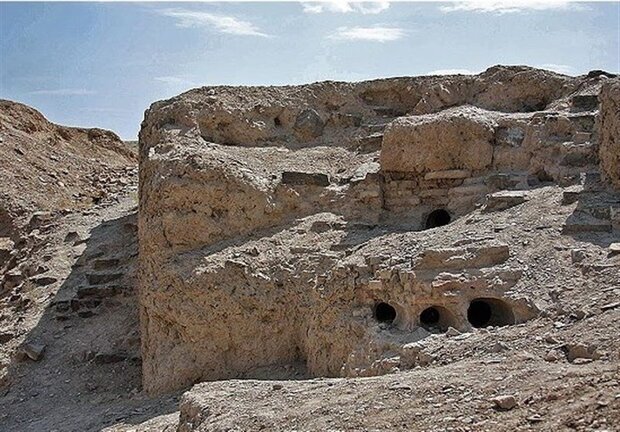Isfahan’s archaeology-rich hill to undergo excavation

TEHRAN – On Saturday, Isfahan’s tourism chief announced plans to resume archaeological excavations on Ashraf hill, which previously revealed significant evidence about the touristic province.
“I admit that in a period of 10-12 years, we neglected Tepe Ashraf, while the hill constitutes a treasured part of Isfahan’s pre-Islamic history and identity,” Mehr quoted Alireza Izadi as saying on Saturday.
The resumption of surveys on the ancient site will help revive the forgotten and neglected side of Isfahan’s antiquity, the official explained.
The official expressed hope that, in close collaboration with Isfahan municipality, a fresh archaeological season to be commenced in September.
Last year, Iranian archaeologist Alireza Jafari-Zand urged the need to continue excavations on the hill, which may push back the history of the renowned city by millennia.
Speaking to the Mehr news agency, Jafari-Zand said: “Archaeological excavations have been stopped on Ashraf hill, and, currently, the ancient site suffers a disgraceful state.”
“The hill should be fenced… Moreover, further excavations should be conducted on a Sassanid fortress situated in the northern part of the hill. However, we see that this section is now abandoned and being demolished,” the archaeologist explained.
The architecturally rich mount has so far yielded ruins, relics, and human skeletons, estimated to date from the Parthian era.
According to Jafari-Zand, Tepe Ashraf is the second place after the Tepe Sialk (in Isfahan province) that has yielded the discovery of such jar tombs that offers valuable clues to uncover the obscure history of pre-Islamic Isfahan.
Excavations at the hill initially began in 2010 when Jafari-Zand announced his team found evidence at the site suggesting that the Sassanid site had also been used during the Buyid dynasty (945–1055).
Jafari-Zand believes that the mount keeps a part of the history of Isfahan and Iran in its heart. “Old Isfahan is beneath the modern city. Thus, normally, full archaeological excavations seem impossible in the city.”
The mound has seriously been damaged on the northern side by the construction of a street. Besides, unscientific excavations carried out by several archaeology interns in 1987 disturbed the historical strata on a part of the site.
Soaked in a rich history, Isfahan was once been a crossroads of international trade and diplomacy in Iran during the 16th and 17th centuries, and now it is one of Iran’s top tourist destinations for good reasons.
Isfahan is filled with architectural wonders such as unmatched Islamic buildings, bazaars, museums, Persian gardens, and tree-lined boulevards. It's a city for walking, getting lost in its mazing bazaars, dozing in beautiful gardens, and meeting people. It has long been nicknamed as Nesf-e-Jahan, which is translated into “half of the world”, suggesting that seeing it is equivalent to seeing half of the world.
AFM
Leave a Comment